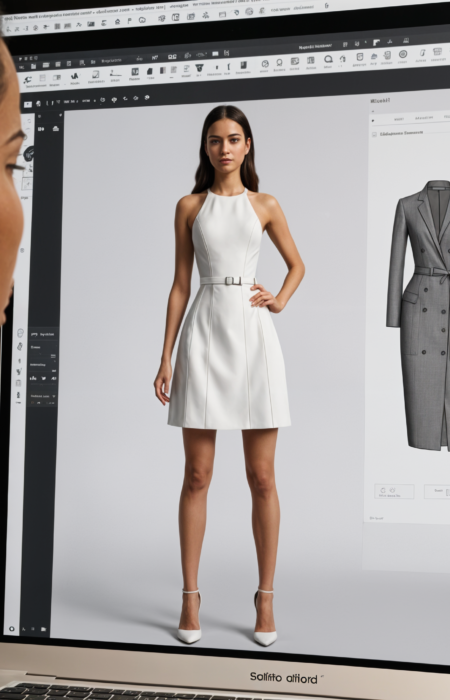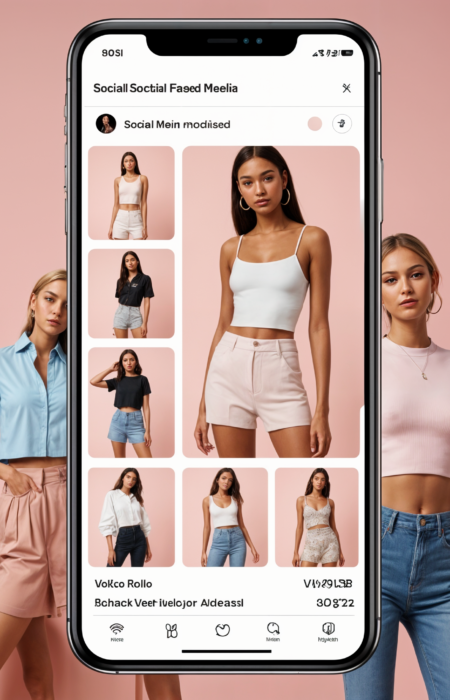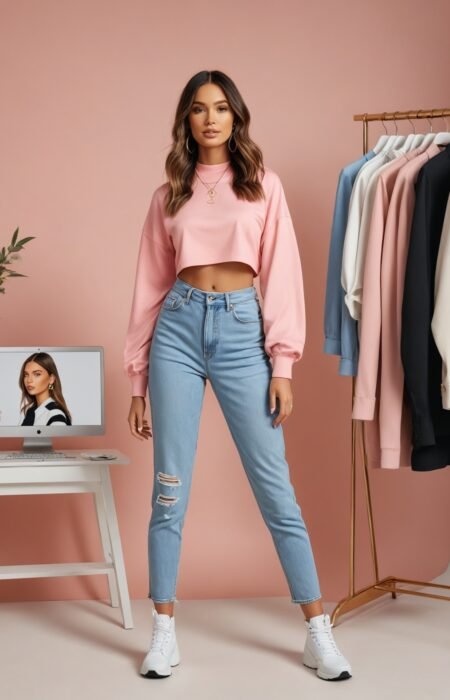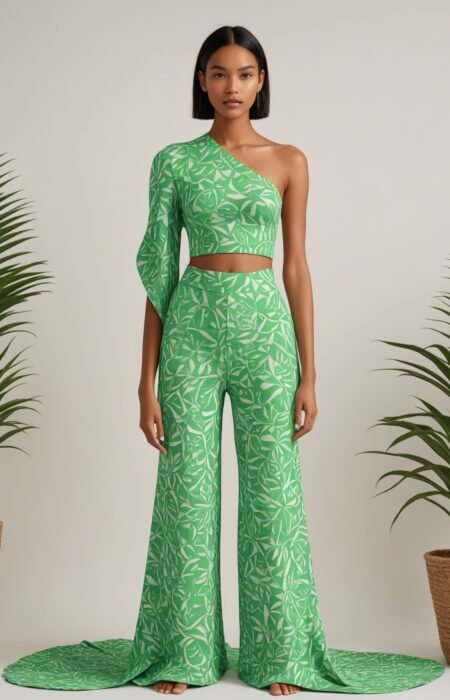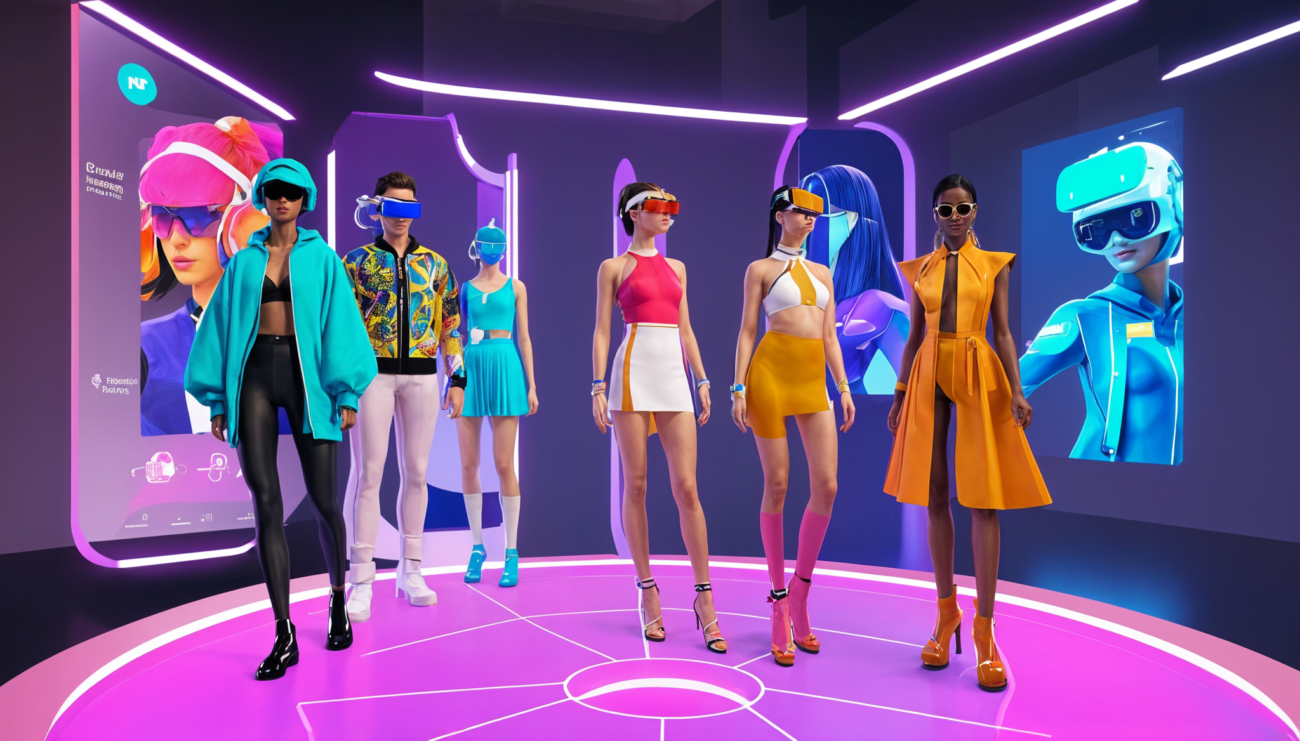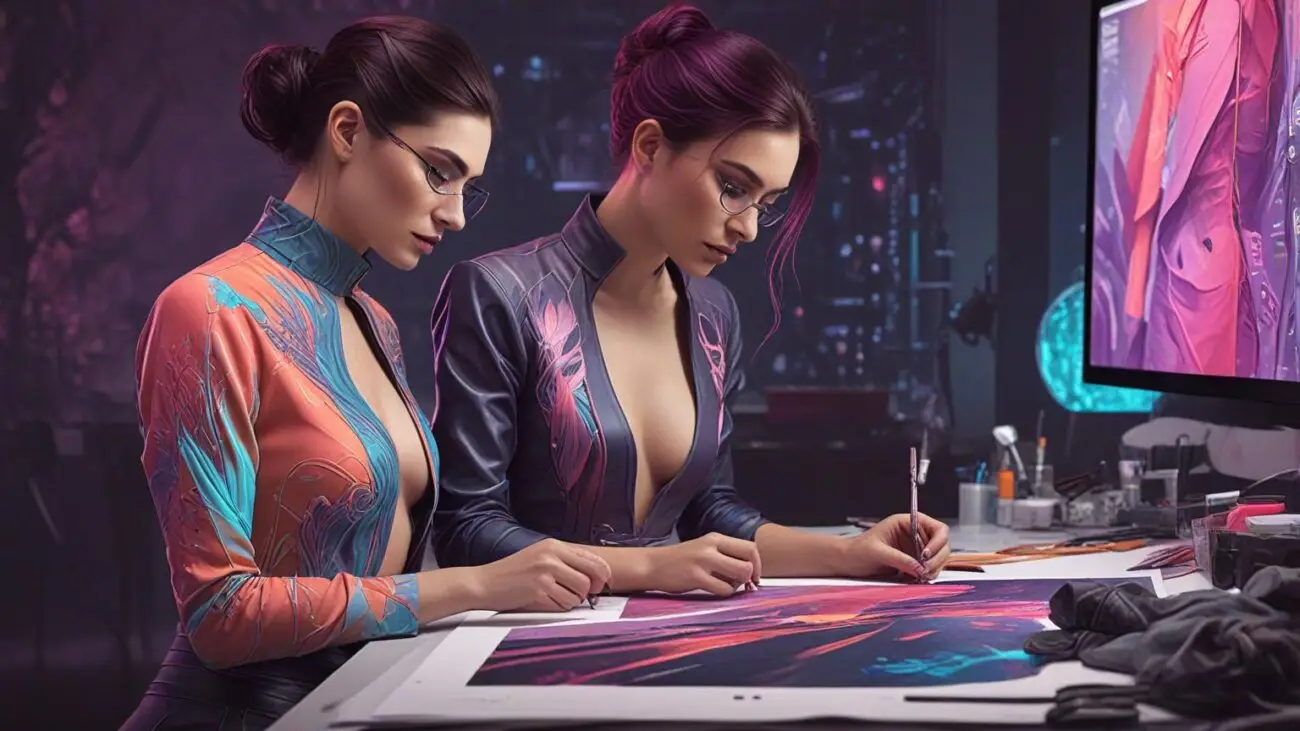Table of Contents
ToggleIntroduction
In today's digital age, social media has become a powerful platform for fashion designers and brands to showcase their creations and connect with a global audience. The advent of virtual fashion has further revolutionized this landscape, providing content creators with innovative tools to create visually stunning and engaging content. For fashion designers and buyers who work with bulk orders and fabrication, leveraging virtual fashion for social media can significantly enhance their online presence and marketing strategies.
The Rise of Virtual Fashion
Virtual fashion involves the creation and use of digital clothing and accessories, which can be superimposed onto images and videos or worn by digital avatars. This cutting-edge technology offers numerous benefits, including sustainability, cost-efficiency, and endless creative possibilities.
Benefits of Virtual Fashion
- Sustainability: Virtual fashion eliminates the need for physical samples, reducing waste and minimizing the environmental impact of fashion production.
- Cost-Effectiveness: Digital garments can be created and modified without the expense of physical materials and production processes.
- Unlimited Creativity: Designers can experiment with bold and innovative designs that might be impractical or impossible in the physical world.
- Instant Global Reach: Virtual fashion can be shared instantly across social media platforms, reaching a vast and diverse audience.
Tips for Content Creators Using Virtual Fashion
To effectively leverage virtual fashion on social media, content creators should focus on several key areas, including content planning, visual storytelling, audience engagement, and collaboration with influencers.
1. Content Planning and Strategy
Successful social media content requires careful planning and a well-defined strategy. Here are some tips to get started:
- Define Your Goals: Determine what you want to achieve with your virtual fashion content. Are you looking to increase brand awareness, drive sales, or showcase new collections?
- Know Your Audience: Understand your target audience's preferences and behaviors. Tailor your content to meet their interests and needs.
- Create a Content Calendar: Plan your content in advance, scheduling posts to ensure a consistent and cohesive presence on social media.
2. Visual Storytelling with Virtual Fashion
Visual storytelling is a powerful way to engage your audience and convey your brand's message. Here are some tips for using virtual fashion to tell compelling stories:
- Showcase Unique Designs: Highlight the creativity and uniqueness of your virtual garments, emphasizing their innovative features and design elements.
- Use High-Quality Visuals: Invest in high-quality images and videos to showcase your virtual fashion in the best possible light. Use professional software for rendering and editing.
- Create Engaging Narratives: Craft stories around your virtual fashion collections, incorporating themes, characters, and settings that resonate with your audience.
3. Engaging Your Audience
Engagement is key to building a loyal and active social media following. Here are some strategies to boost audience engagement:
- Interactive Content: Use interactive features like polls, quizzes, and augmented reality filters to encourage audience participation.
- Behind-the-Scenes Content: Share behind-the-scenes glimpses of your design process, giving your audience an insider look at how your virtual fashion is created.
- User-Generated Content: Encourage your followers to share their own content featuring your virtual fashion, creating a sense of community and involvement.
4. Collaborating with Influencers
Influencer collaborations can amplify your reach and credibility. Here are some tips for effective influencer partnerships:
- Choose the Right Influencers: Select influencers whose audience aligns with your target market and whose values match your brand's ethos.
- Create Authentic Collaborations: Work with influencers to create authentic and relatable content that showcases your virtual fashion in a natural context.
- Track Performance: Monitor the performance of influencer collaborations, analyzing metrics like engagement, reach, and conversion rates to assess their effectiveness.
Tools and Platforms for Virtual Fashion Content Creation
Several tools and platforms can help content creators produce stunning virtual fashion content for social media. Here are some of the most popular ones:
CLO 3D
CLO 3D is a leading software for virtual fashion design, offering powerful features for creating, simulating, and visualizing digital garments. It allows designers to experiment with different fabrics, patterns, and styles in a 3D environment.
Marvelous Designer
Marvelous Designer is another popular tool for creating realistic 3D clothing. It is known for its advanced fabric simulation capabilities, making it ideal for designing intricate and detailed virtual garments.
Blender
Blender is a versatile open-source 3D modeling software that can be used for various applications, including virtual fashion. It offers a wide range of features for modeling, texturing, and rendering digital garments.
Adobe Photoshop and Illustrator
Adobe Photoshop and Illustrator are essential tools for creating and editing visual content. They can be used to design and enhance digital fashion illustrations, graphics, and promotional materials.
Case Studies and Success Stories
To illustrate the potential of virtual fashion for social media, let's look at some case studies and success stories from the industry.
The Fabricant's Virtual Fashion Campaigns
The Fabricant is a pioneering digital fashion house that creates virtual clothing and accessories. Their innovative campaigns have garnered significant attention on social media, showcasing the limitless possibilities of virtual fashion.
Gucci's Digital Sneakers
Gucci made headlines with its launch of digital sneakers, available for purchase and wear in virtual environments. This bold move demonstrated the growing acceptance and popularity of virtual fashion among mainstream brands and consumers.
Challenges and Future Prospects
While virtual fashion offers numerous advantages, it also comes with its own set of challenges. These include the need for specialized skills, high initial costs for software and hardware, and the continuous evolution of technology.
Overcoming Skill Gaps
Training and education are crucial to overcoming the skill gaps in virtual fashion. Fashion schools and online courses are increasingly incorporating virtual fashion into their curricula, ensuring the next generation of designers is well-equipped.
Technological Advancements
As technology continues to advance, we can expect even more realistic and interactive virtual fashion experiences. Virtual and augmented reality are likely to play a significant role in the future of fashion, offering new ways to experience and interact with clothing.
Conclusion
Virtual fashion is transforming the way fashion is presented and consumed on social media. For fashion designers and buyers involved in bulk orders and fabrication, embracing this technology can lead to significant advantages in terms of creativity, engagement, and sustainability. By following the tips outlined in this guide, content creators can harness the power of virtual fashion to create compelling and impactful social media content.


